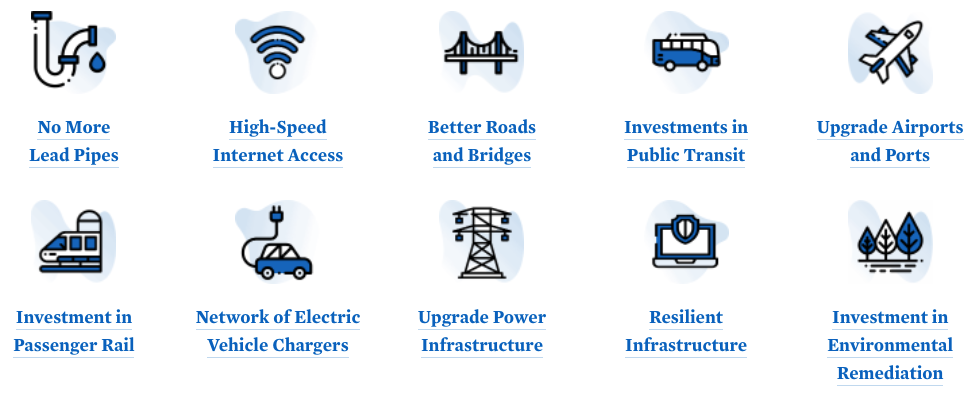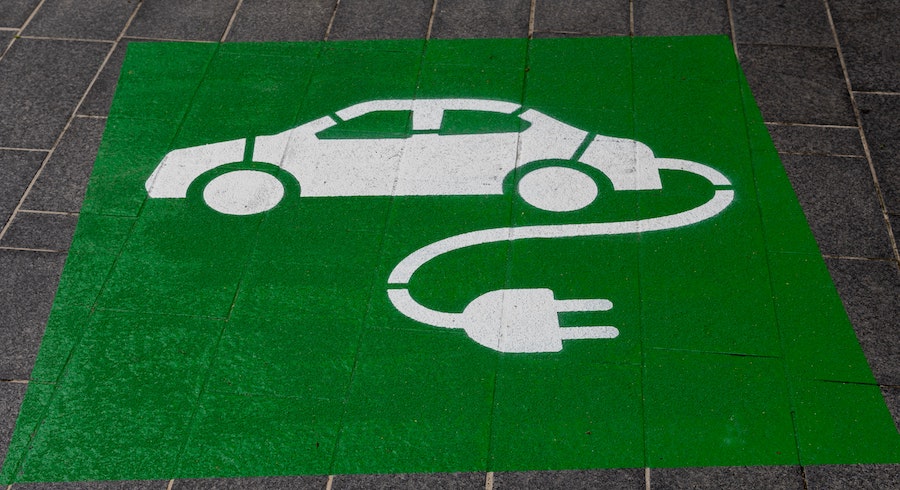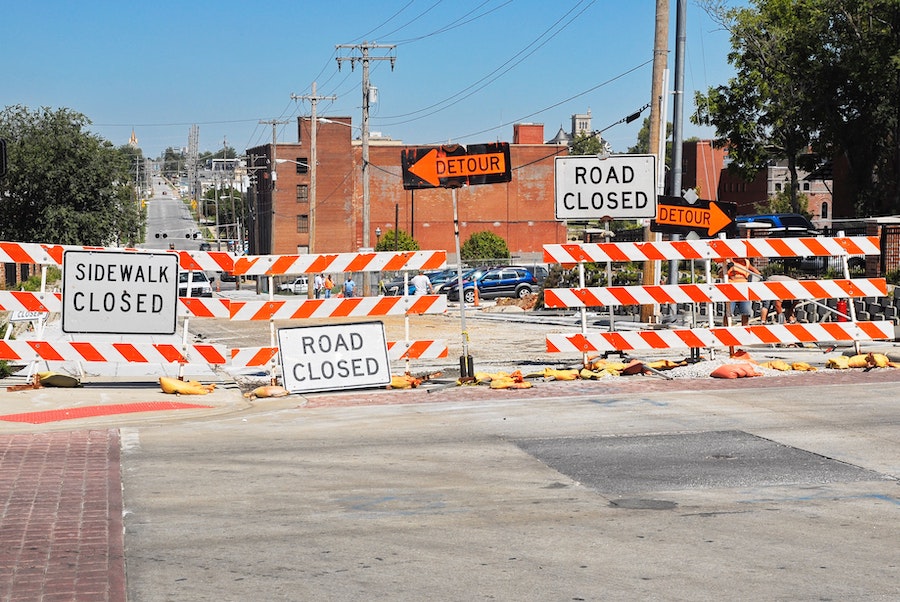The largest infrastructure bill in American history, dubbed the “Bipartisan Infrastructure Law” aims to improve transportation and logistics infrastructure around the country. Mainly focused on creating jobs that will be unionized, the budgets will have a life span of 5 years with the hopes of creating a long-term developmental improvement to the nation’s productive capacity.
From the White House
“This Bipartisan Infrastructure Law will rebuild America’s roads, bridges, and rails, expand access to clean drinking water, ensure every American has access to high-speed internet, tackle the climate crisis, advance environmental justice, and invest in communities that have too often been left behind. The legislation will help ease inflationary pressures and strengthen supply chains by making long-overdue improvements for our nation’s ports, airports, railways, and roads. It will drive the creation of good-paying union jobs and grow the economy sustainably and equitably so that everyone gets ahead for decades to come. Combined with the President’s Build Back Framework, it will add on average 1.5 million jobs per year for the next 10 years.”
Focal Points
The project promises big changes to roadways, sea ports, airports, bridges, public transit systems, electric charging networks, high-speed internet access, and more.

Highways and Bridges
According to the White House document, 1 in 5 miles of highway in the country needs repair, and 45,000 bridges are in poor condition.
The program will reauthorize repair and resurfacing programs beginning with the most economically significant bridges as well as thousands of smaller bridges for 5 years.
Another ‘program’ called “Safe Streets and Roads for All” is also listed as a key component of the administration’s agenda. This aims to reduce traffic fatalities which killed more than 20,000 people in the first half of 2021 alone.
Public transportation will receive $39 billion for modernization upgrades as well as continuing existing transit programs for 5 years.
Airports and Sea Ports
To improve competitiveness and create more and ‘better jobs’, the bill will also be allocating a significant amount of money to Airports and Sea Ports around the nation.
Describing the conditions of the systems as ‘neglected’ and ‘struggling to keep up’, the bill will allocate $17 billion to improving the nation’s ports, and $25 billion to improve airports.
Passenger Rail
The administration is assuming that rail will play a central role in the transportation of Americans in the future. $66 billion will be invested into rail funding to eliminate Amtrak maintenance, modernize the Northeast Corridor, and bring rail service to more areas. This is the largest investment into passenger rail since Amtrak’s creation, 50 years ago.

National Network of Electric Vehicle Charging Stations
$7.5 billion will be invested into the nation’s electric charging network to make traveling by electric vehicle cheaper and more convenient. The funding is aimed at deploying a network of EV charging stations along major highways with the aim of better facilitating long-distance travel. The goal is to build 500,000 EV chargers in locations where a lot of people live and work to drive forward the efforts to reduce emissions, improve air quality, and create more jobs.
Power Infrastructure
65 billion dollars will be going towards upgrading the nation’s power grid. Starting with building thousands of miles of transmission lines that will lower costs. Additional funds will be deployed towards the development and expansion of cutting-edge clean energy technologies to accelerate the transition to a “Zero Emission Economy”.
Fortifying Systems Against Cyber Attacks, Extreme Weather Events, and Climate Change
Over $50 billion will be allocated to fortifying the nation’s infrastructure against droughts, heat, floods, and wildfires. Major investments into weatherization are also planned but the details on this were not present in the briefing.

Additional Investments
In addition to the aforementioned infrastructure developments, a $55 billion allocation of the printed money will be going towards providing all Americans with access to clean drinking water and $65 billion will be invested in ensuring all Americans have access to high-speed internet.
In summary, the initiatives planned for the future hold big promises of changing people’s lives for the better. With a tight weave of control between the various federal organizations, it may be hard to see through the doublespeak and hyperbole. For now, it’s probably best to just keep an eye on the roads we all drive on and see how they change over the coming months.


